
The Candle That Wouldn’t Light
I tried to light a candle three times before it finally caught. That quiet moment became a lesson in expectations, patience, and the power of pausing before we assume something—or someone—is broken.

The Queen Card
A simple game of charades turned into a lesson on perspective when “Queen” meant royalty to one person and rock band to another. It reminded me that we often see the same things differently—and that kindness begins when we pause to understand someone else’s view.

The Empty Chair
During a leadership meeting, one empty chair caught my eye—and wouldn’t let go. It reminded me that belonging isn’t about filling a room with people; it’s about filling it with connection, presence, and care.

The 7 Minute Detour
Seven minutes. One quick errand. A few missed signs—and a penny that caught my eye. This moment reminded me that sometimes life whispers “slow down,” and other times it simply invites us to notice the good right where we are.

The Belt and The Toothbrush
Sometimes life hands you a Monday with no belt, no toothbrush, and no patience. That morning reminded me that self-kindness isn’t about perfection—it’s about pausing, laughing, and choosing calm when everything else feels off.
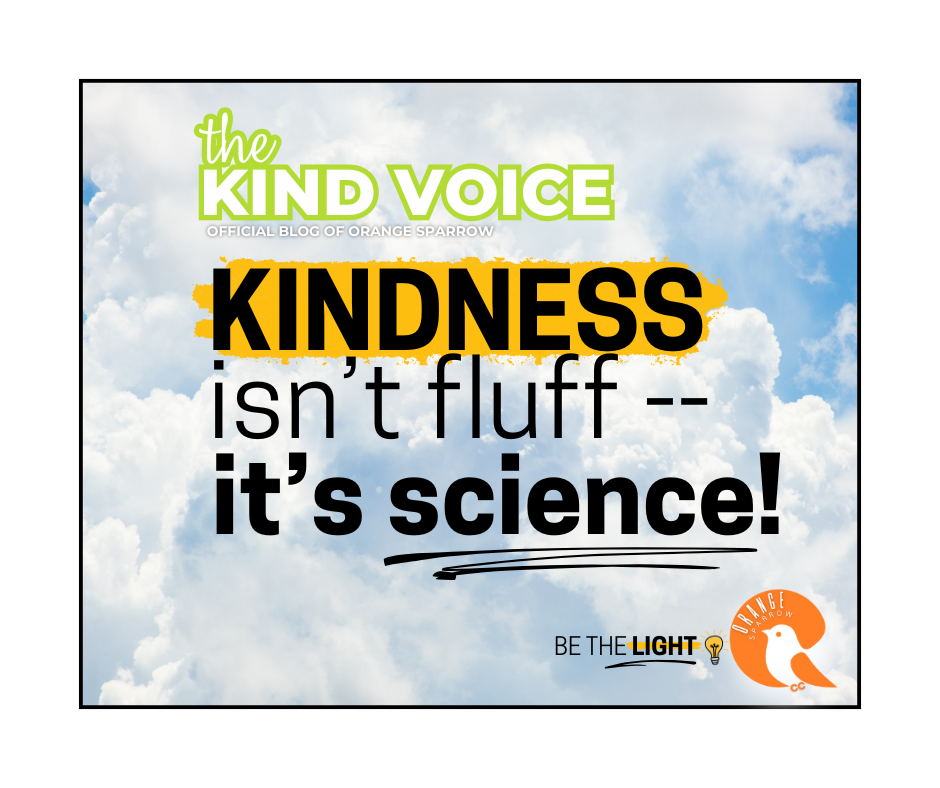
Be Kind: The Graffiti That Speaks
Kindness isn’t something you give. It’s something you live. During a day with the Friends School of Baltimore, I was reminded that when we live kindness—not just talk about it—it finds its way back in the most unexpected ways.
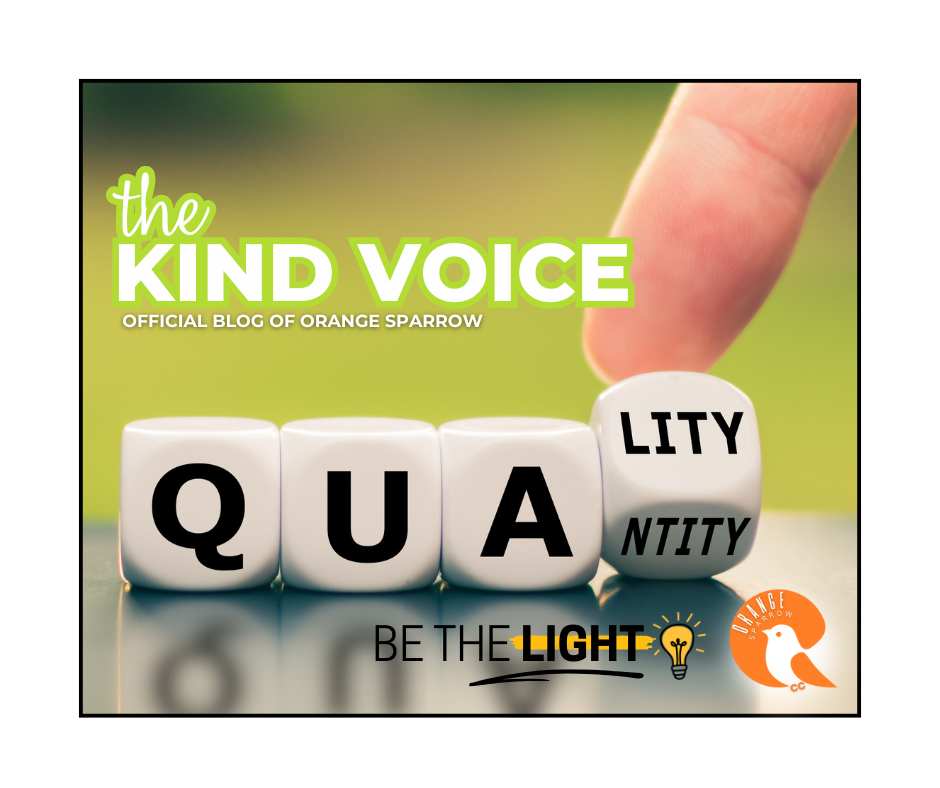
Quality Vs. Quantity
Research shows that when we focus on quantity, especially in social spaces, our brains slip into comparison. This activates threat responses in the amygdala and is linked to increased anxiety and decreased life satisfaction (Appel et al., 2020; Eisenberger, 2012; Vogel et al., 2014). When we focus on quality connection, the brain’s reward system is activated: oxytocin and dopamine are released, fueling resilience, belonging, and joy (Crocker et al., 2017; Seppala, 2016).

Kindness isn’t fluff
This ripple effect matters more than we often realize. A single act of kindness does not end with two people. It can inspire dozens of others to pay it forward. In fact, research shows that kindness is contagious. One study found that when people witness kindness in a group, they are significantly more likely to practice kindness themselves. That means your small action could change a stranger’s day, shape someone’s perspective, or even shift the culture of a workplace or family.
We sometimes underestimate how far our influence extends. Yet kindness moves outward in waves — from the moment we choose it to the unseen corners of the world it touches.

The Pause That Taught Me…
Hi, friends — it’s been a while. The quiet taught me more than I expected, and it reminded me that kindness is not a personality trait, it is a choice. In this post I share the lessons I carried from silence into light, along with simple practices that help you show up with presence, gratitude, and self-kindness. If you’ve ever needed a reminder that your light still matters, this one is for you.
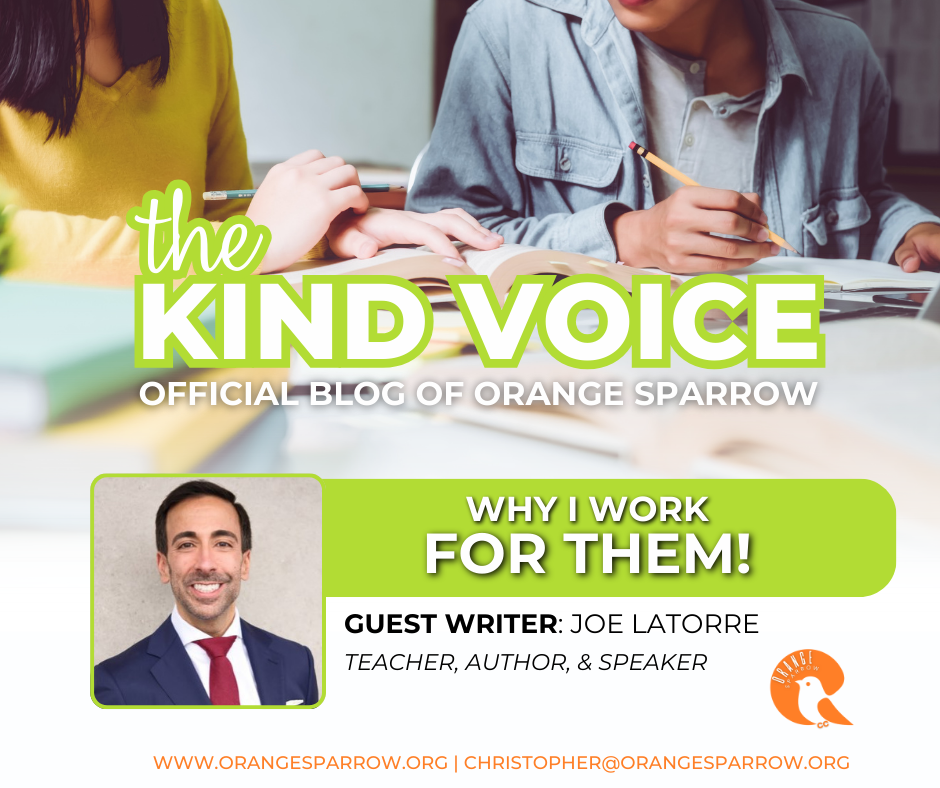
Why I Work for Them: The Mindset Shift That Changed Everything
It was, in retrospect, a typical workplace misunderstanding.
My boss had assumed I would do something I had done on a similar project, in a similar circumstance, and I had chosen what was best for the team and handled it differently.
Things had worked out, but she was not happy. A terse email confirmed as much, and I offered to be a better communicator in the future.
She was at my office when I came to work the next day, with her hand on her hip, checking her phone. I asked if she had seen my email, and she nodded. I asked if she felt the situation was resolved, and she did.
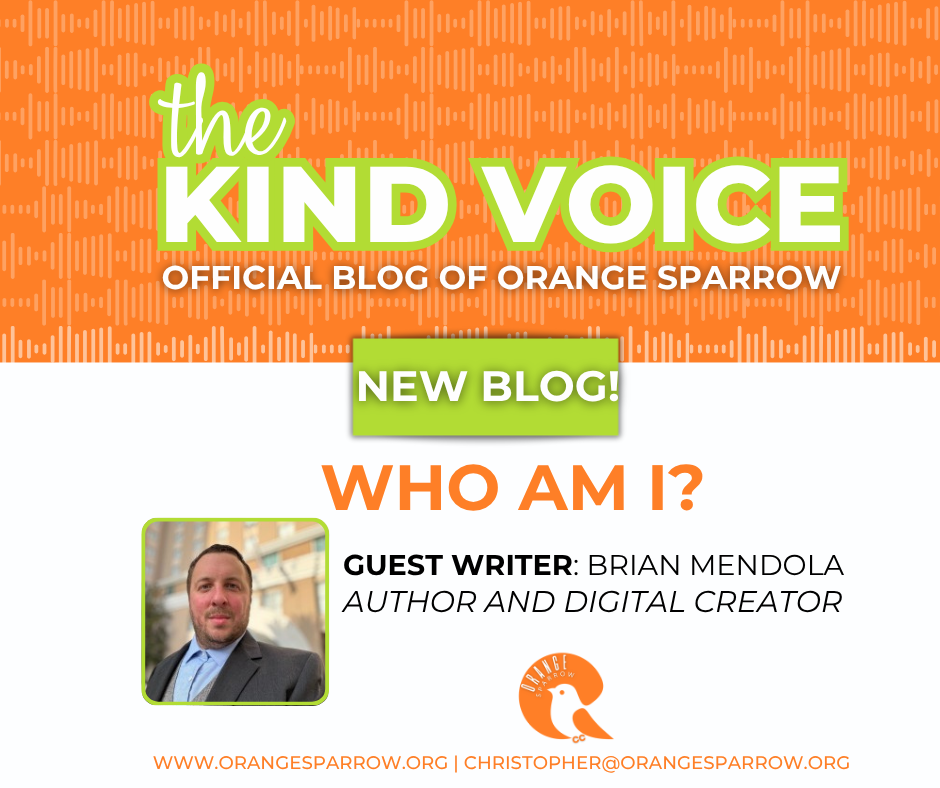
WHO AM I?
Who am I — really?
From hometown roots to shifting emotions, Brian Mendola explores identity in all its messy, meaningful layers. Part reflection, part invitation, this piece asks a simple question with infinite answers: Who are you?
Read more from Brian’s thoughtful journey into self and belonging.
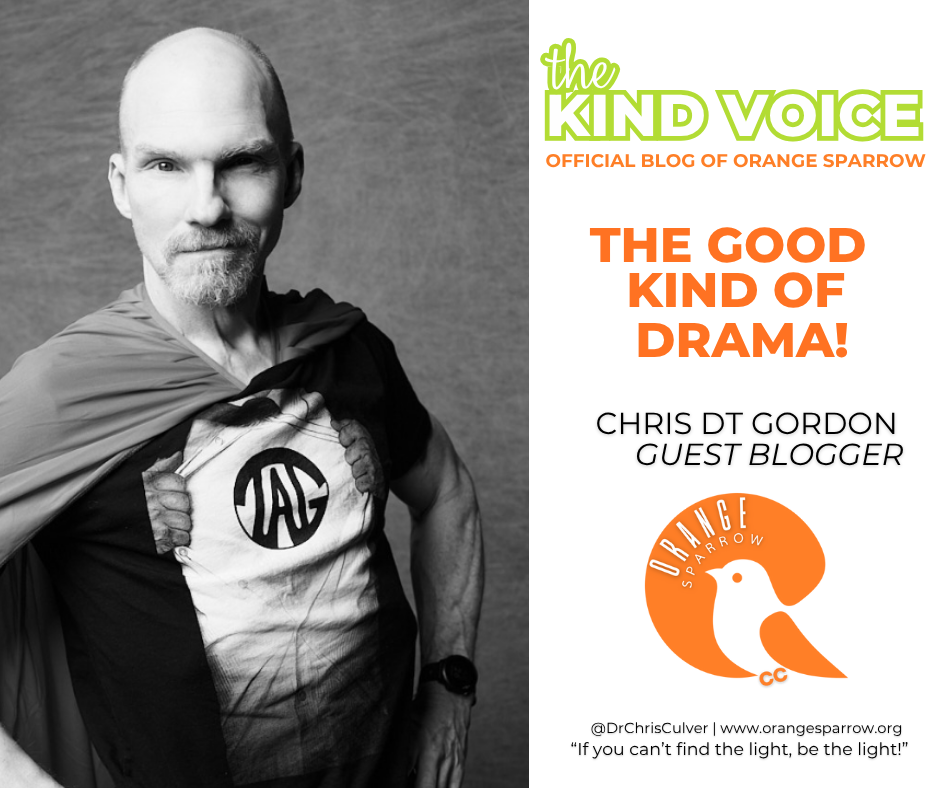
The Good Kind Of Drama
What if we created more good drama — the kind that sparks joy, deepens connection, and reminds us to be grateful? From surprise gifts to small acts of appreciation, Chris DT Gordon invites us to flip the script on everyday emotion.
Read more on how to be positively dramatic today.

The Burden Of The Runner Up
But does second place really mean you're “the first loser”? In a culture that often overlooks the runner-up, this powerful reflection challenges us to honor the heartbreak, effort, and grit it takes to come so close.
Read more on why it’s time we raise high the runner-up.

When Leadership Meets Humanity
Leadership was never about the title — it was about connection. But somewhere along the way, fear replaced empathy, and caution replaced kindness. What happens when we choose to lead with hope instead?
Read more about the journey from “code purple” to compassionate leadership.

Leadership Lessons from the Arts
What can school leadership learn from the world of art? A lot more than you might think. Superintendent Daniel Ludvigson reflects on how his background in visual arts shaped his approach to problem-solving, sparked creativity in unexpected places, and helped him lead with curiosity, connection, and passion. From classroom interventions to districtwide innovations, he reminds us that sometimes the most powerful leadership lessons are found where no one’s looking.

Control Freak? Me, too! Let’s Talk Change!
Change doesn’t always come with warning signs—or a welcome mat. Whether you’re shifting jobs, wrapping up the school year, or just navigating a season that looks nothing like what you planned, one thing is true: change is hard.
In this post, I share what I’ve learned (and am still learning) about control, chaos, and choosing peace. With a mix of science, real-life stories, and encouragement, you’ll find 5 simple ways to ground yourself and keep showing up—especially when everything around you is shifting.

Self-Compassion: A School Counselor’s Take on Managing the Trials of Being an Educator
In my twelve years as an educator, there have been many times when I didn’t think I could keep going. I was exhausted, burnt out, with little energy to go to work. What was beating me down so much? It was difficult to pinpoint the exact stressors, but as time went on, I found that most of all, it was the unrealistic expectations I had for myself. The perfection that I was expecting of myself and everyone else around me was insurmountable. I spent so much time focusing on the things I couldn’t control that it became out of control. I spent countless hours thinking about what everyone else must be thinking of me. It got so bad that I finally went to my mom and said, “I think I have depression.” Here I was, a school counselor spending so much time helping my students, co-workers, and families manage things in their lives, and I wasn’t taking care of myself.

The Power Of Being Seen
These behaviors are not always symptoms of defiance. They are often signs of survival. Signs that a child is screaming, without words: I need help. Because if we know anything about our children and students, they would never (or couldn’t) come right out and say it.
As educators, mentors, coaches, youth leaders, and neighbors, we must remember:
Children are not their trauma.
They are not their outbursts.
They are not their test scores.
They are not their (temporary) behaviors.
They are full of promise.

The Magic Formula: No Math Required
When we think about success, we often assume it’s the result of hard work, achievement, and reaching our goals. But what if I told you that happiness and kindness can actually be the secret ingredients for success? It sounds a little counterintuitive, right? But according to Shawn Achor in The Happiness Advantage, it’s actually happiness that fuels success, not the other way around.
I dive into the science of happiness and kindness and how we can use these simple, yet powerful tools to create environments in schools, businesses, and organizations that thrive. Let’s talk about how focusing on happiness, cultivating kindness, and shifting our mindsets can lead to better performance, stronger relationships, and a culture of success.

Gasoline, A Badge, and Sunglasses…
Gasoline, Badge, Sunglasses
What do these three things have in common? For me, they turned an ordinary travel day into a whirlwind of frustration, unexpected lessons, and a powerful reminder of how perspective can shift everything. From spilled gas and airport chaos to a bleeding thumb and a lost pair of sunglasses, this story is less about inconvenience—and more about rediscovering gratitude in the middle of the mess.
If you've ever had one of those days, this one’s for you.
